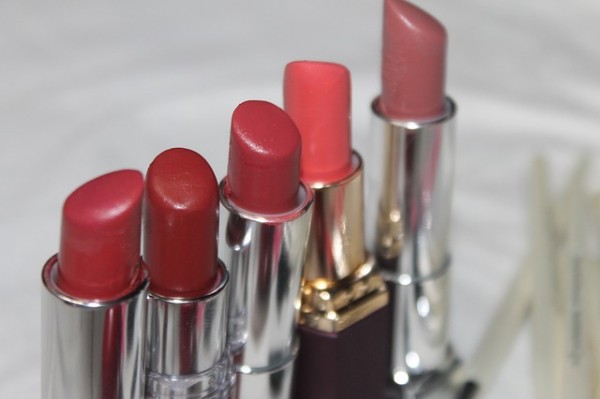
It's been said that cosmetics containing specific types of chemicals can increase cancer risk. But before you stop wearing makeup all together, read on and understand what research reveals and what the National Cancer Institute (NCI) and Food and Drug Administration (FDA) have to say.
Hair Dye
It is estimated that more than one-third of women over age 18 and about 10 percent
of men over age 40 use some type of hair dye. Hair dyes are full of chemicals-5,000, to be
precise-and that hasn't escaped the notice of cancer researchers. Decades ago, researchers
began studying chemicals used in hair dye. They found that early dye formulations contained
chemicals that could cause cancer in animals. Not surprisingly, manufacturers changed the
formulas and eliminated some of these chemicals in the United States around 1980. Because
so many people use hair dyes, researchers continue to monitor whether chemicals in hair
coloring products can increase risk for cancer in humans.
According to the National Cancer Institute (NCI), the evidence for increased risks for cancer
from modern hair dyes use is limited and inconsistent. Some studies have indicated that people
who used hair dyes had an increased risk for bladder and breast cancer, as well as cancers of
the blood and bone marrow (such as non-Hodgkin lymphoma and leukemia), while other studies
have not. Based on its review of the evidence, the Working Group of the International Agency
for Research on Cancer (IARC) concluded that personal use of hair dyes is "not classifiable" as
cancer-causing to humans. So it is still unclear if personal use of hair dyes can increase your
risk for cancer. If you would like to learn more about hair dye and health risks, the Outreach and
Lipstick
Some of the natural colors used in lipstick contain trace amounts of lead. The
National Toxicology Program (NTP) of the National Institute of Environmental Health Sciences
of the National Institutes of Health says that lead and lead products are "reasonably anticipated
to be human carcinogens." However, the Food and Drug Administration (FDA) has assessed
the potential for harm to consumers from use of lipstick containing lead and determined that
there is no safety concern because lipstick is intended for topical use and is only ingested
incidentally and in small quantities. Always use your lipstick only as directed and keep the
products away from children.
From cancer.gov



